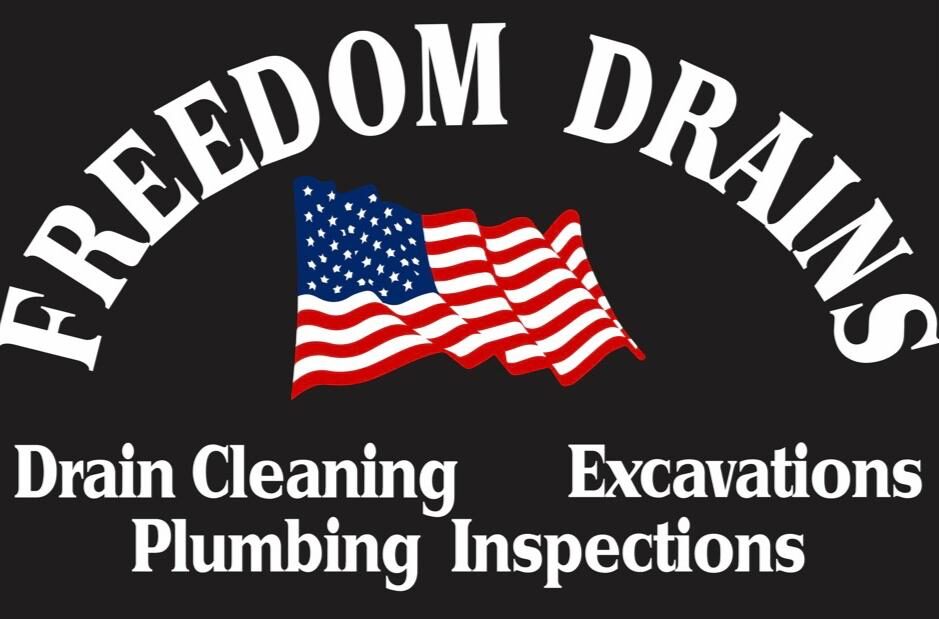Main Drain Cleaning: Effective Methods and Technologies (and Their Limitations)
When a main drain becomes clogged, professional cleaning is essential to restore proper flow and prevent further problems. Several methods and technologies are used for main drain cleaning, each with its own advantages and limitations. Choosing the right method depends on the specific situation, and a qualified plumber can assess your needs and recommend the most appropriate approach. Common Main Drain Cleaning Methods and Their Limitations: Cable Snaking (Mechanical Snaking): This method involves using a flexible cable with a rotating cutting head to break up and remove blockages. How it works: The cable is inserted into the main drain and maneuvered through the pipe. The rotating head breaks up obstructions like hair, grease, and tree roots. Advantages: Effective for many types of blockages and relatively affordable. Can navigate bends in pipes fairly well. Limitations: Not Ideal for Heavy Grease Buildup: While it can break up grease, it doesn’t always remove it completely from the pipe walls. This can lead to future blockages as grease re-accumulates. Limited Effectiveness on Tree Roots: While it can cut through smaller roots, it may not be effective for large, dense root masses. It also doesn’t prevent future root growth. Potential for Pipe Damage (If Used Incorrectly): If not used carefully, the rotating head can damage older or fragile pipes, especially if the operator is inexperienced. Doesn’t Clean Pipe Walls: Snaking primarily focuses on clearing the immediate blockage, not cleaning the entire inner surface of the pipe. Hydro Jetting: This method uses high-pressure water streams to blast away blockages and clean the entire pipe diameter. How it works: A high-pressure hose with a specialized nozzle is inserted into the main drain. The powerful water jet effectively removes grease, debris, tree roots, and other buildup. Advantages: Highly effective for removing even stubborn blockages and cleaning the entire pipe, preventing future buildup. Environmentally friendly as it uses only water. Limitations: Not Suitable for All Pipe Types: Hydro jetting can damage older or fragile pipes, such as those made of clay or Orangeburg. A thorough pipe inspection is crucial before using this method. Requires Access Points: Hydro jetting requires access points to insert the hose, which may not be available in all situations. Can Be More Expensive: Hydro jetting is generally more expensive than cable snaking. May Not Be Effective on Severe Pipe Damage: If the pipe is severely cracked or collapsed, hydro jetting may not be effective and could even exacerbate the damage. Video Camera Inspection: While not a cleaning method itself, video camera inspection is crucial for diagnosing main drain problems and determining the most appropriate cleaning approach. How it works: A small camera attached to a flexible cable is inserted into the main drain, providing a real-time view of the inside of the pipe. Advantages: Allows for accurate diagnosis of blockages, pipe damage, and other issues. Helps determine the best cleaning method and verify the effectiveness of the cleaning. Limitations: Visibility Issues: If the pipe is full of standing water or heavy debris, visibility can be significantly reduced, making it difficult to get a clear view of the pipe’s interior. In these cases, some preliminary cleaning may be necessary before a thorough inspection can be conducted. Pipe Condition: Severely damaged or collapsed pipes may prevent the camera from passing through, limiting the scope of the inspection. In such cases, alternative diagnostic methods or excavation may be required. Sharp Bends and Offsets: While flexible, the camera cable may have difficulty navigating extremely sharp bends or significant offsets in the pipe, potentially missing sections of the drain. This includes the camera having trouble passing through traps, especially if the trap is cast iron. Cost: While generally cost-effective compared to unnecessary excavation, video camera inspection does add to the overall cost of the diagnostic process.
Main Drain Cleaning: Effective Methods and Technologies (and Their Limitations) Read More »
